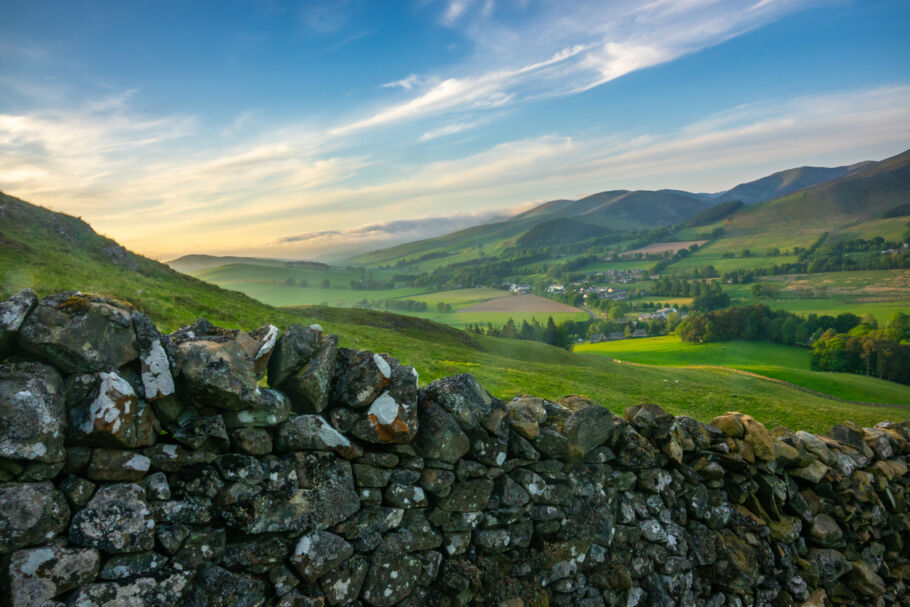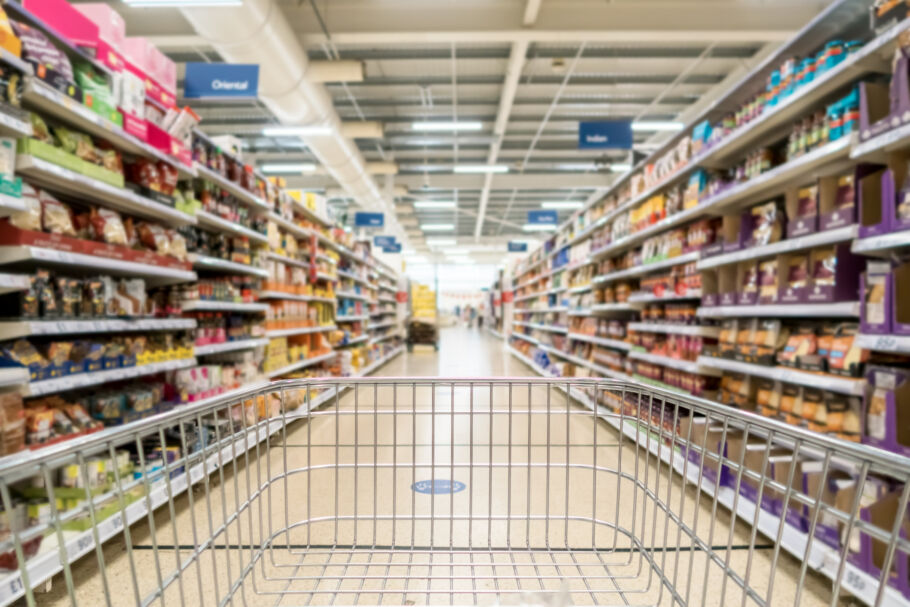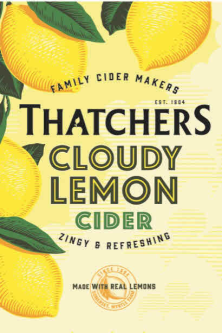
Contributors: Hamish Lean
Date published: 25 June 2024
The emerging role of vertical farming in food security
Vertical farming is the term used to describe various modern technologies cultivating crops in vertical layers, usually in a controlled internal environment.
Most of these systems do not require the use of soil and are heavily dependent on hydroponics, aquaponics, and aeroponics. Scotland is at the forefront of this new technology, with many strides taken in this arena over recent years.
An example is the IGS Crop Research Centre based near Dundee. The centre is a partnership between industry leaders Intelligent Growth Solutions and the James Hutton Institute, a world-renowned crop and plant science research facility.
Proponents of vertical farming systems point to a range of positive results. They have seen increasing crop yields, a reduction in the amount of land required for food production, and crops being less at risk from severe weather events.
It has also been suggested that vertical farming has environ- mental and ecological benefits due to using less land, as the sites are most frequently constructed in a built environment.
Some crops are particularly suited to vertical farming, such as fresh greens.
Salad crops can take just 10 days to grow to maturity and as they are in a tightly controlled vertical farming system, they do not require pesticides and need much less water compared to conventionally grown crops.
It is understood that as much as 30 per cent of the UK’s cut basil sold in supermarkets is produced by such systems.
There have been some signifi- cant commercial successes, such as the world’s largest vertical farming site in Dubai. That operation was established in 2023 and is already supplying a range of airlines and restaurants. But there have also been some high-profile failures, including French firm Agricool, which went into receivership last year.
There are certainly some hurdles when it comes to vertical farming. The process is associated with high costs due to the much higher energy demands of production – namely electricity – and start-up costs can be high.
Location can be a huge factor, as such systems are particularly suited to hotter countries, with the potential for using solar energy generated at low cost.
The recent domestic economic climate has also made things particularly difficult, especially in the UK. The energy shock, the effects of the Covid-19 pandemic and the cost-of-living crisis have all impacted this new industry.
While particularly suited to green salad crops, the size and technology supporting vertical farming are not yet sufficient to allow, for example, large-scale production of food staples such as grain.
Vertical farming is likely to have an increasing part to play in food security not only in the UK but internationally, too.
We are, however, still a long way from reaching that point
Contributors:
To find out more contact us here
Sectors: Food and Drink, Retail and Consumer
















